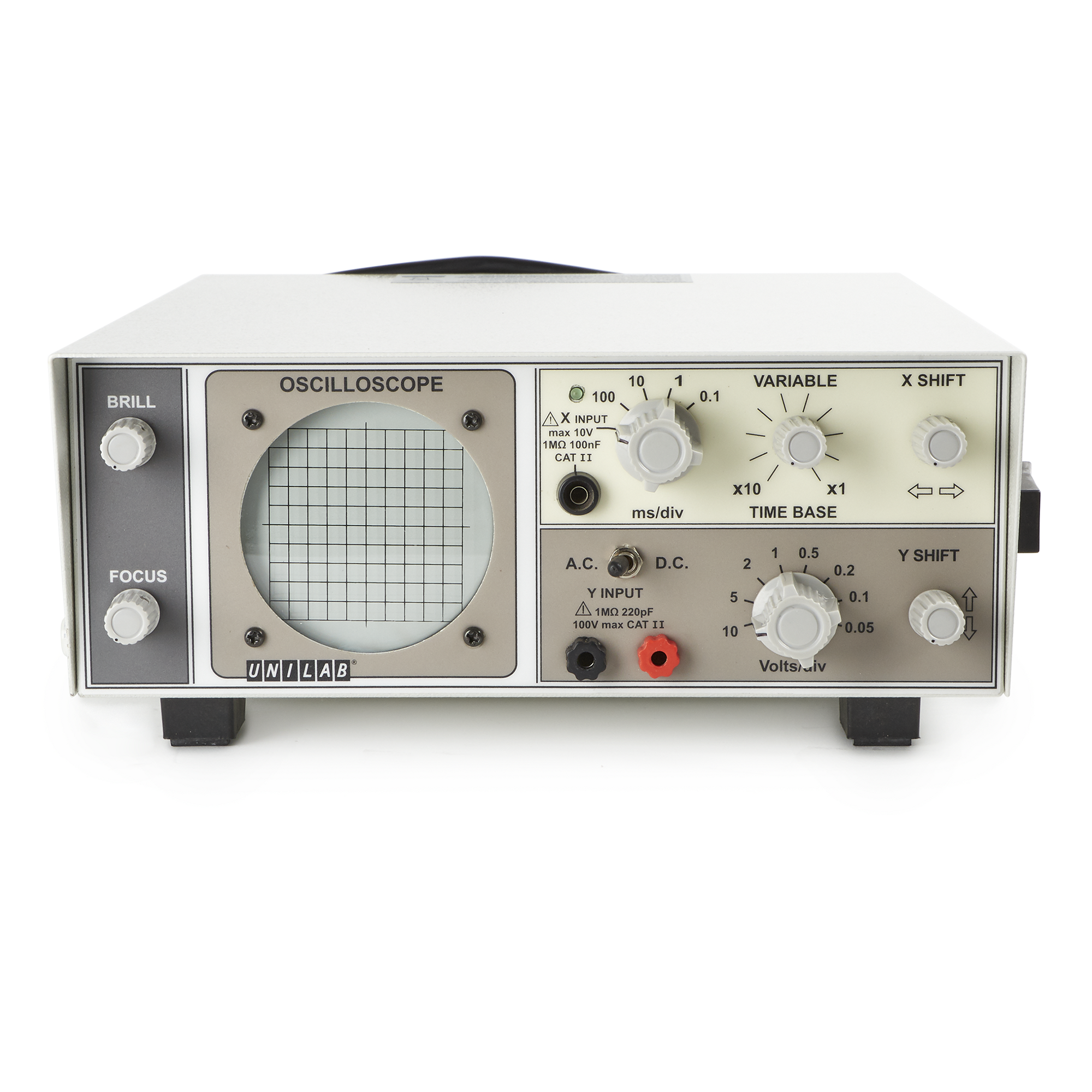The individual armature coils are connected such that in effect the whole thing is one big endless coil; the commutator switches "taps" rather than disconnecting anything.
Oops, I had always thought when dealing with low voltage DC motors, they were wound with several individual sets of Lap winding's. And while the Lap winding's themselves were ‘center’ tapped, they were still independent of others living on the same armature and not all connected to one another. Sort of like the picture below, just a whole lot of them strategically placed / arranged around the armature.
Now I’m even more confused then before, and that’s saying a lot.
If the armature is basically made up of one large coil, then each time a brush moves from one contact on the commutator to the next, its the polarity of the coil that’s being ‘switched’ instead of energizing & d-energizing. And if that is what’s happening, an electric motor seems to be pure kaos.
My heads starting to hurt, I mean right at the moment of the polarity change, electrons would theoretically come to a ‘stop’ before heading off in the other direction, magnetic fields collapsing, induction taking place and you’d have reverse currents flowing pretty much everywhere.
Ahhhh! That's it, I’m convinced electric motors don't and can't ever work.
Yes, so only release the switch after the voltage spike (and before the next) and you won't have any pitting problems.
Lol - Yea right, I'm not quick enough to move my fingers away from a soldering iron before getting burned.
I still have 'my first 'scope', its even more basic.
Kind of curious, any chance you've got a picture of it?
So I've brought the battery voltage down to just over 13 volts, stopped the induction with diodes and added the Cap & Resister, and I'm no longer being blinded by sparks. Hard to say exactly, but maybe 50% improvement, possibly more. I was also able to use an 8 amp fuse without it blowing, the 6 amp still popped.


